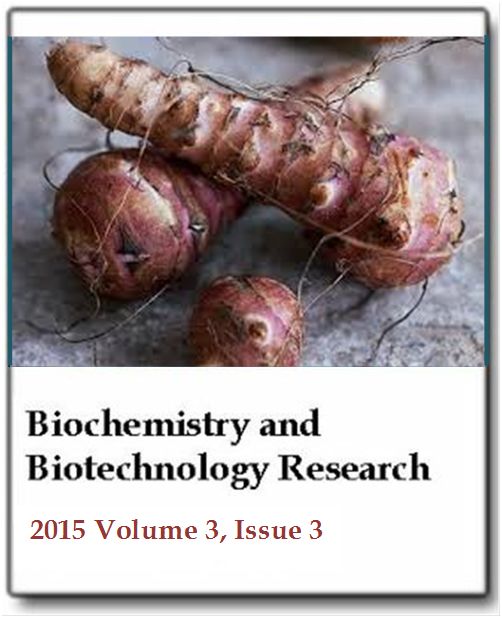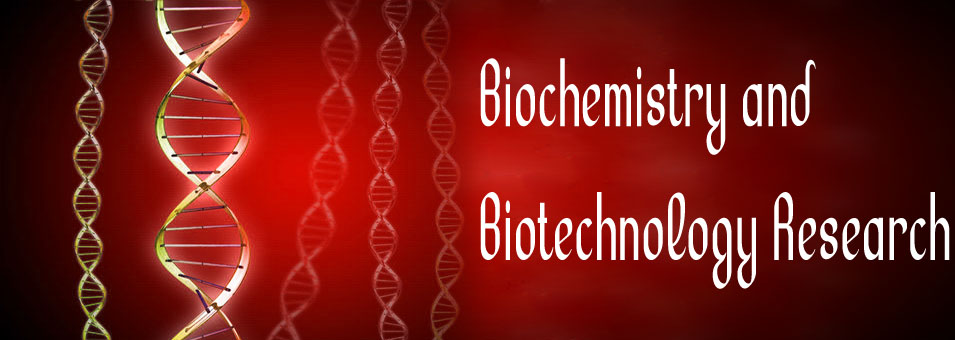Extracellular calcium differentially affects intracellular responses to nanosecond pulsed electric fields
Keiko Morotomi-Yano and Ken-ichi YanoBiotechnology and Biochemistry Research
Published: October 29 2015
Volume 3, Issue 3
Pages 51-60
Abstract
Nanosecond pulsed electric fields (nsPEFs) have received considerable attention because of their unique effects on living cells. Exposure of cultured cells to nsPEFs is known to induce Ca2+ influx by forming small pores in the plasma membrane. Furthermore, nsPEFs have been reported to induce activation of multiple cellular signaling pathways. To examine the relationship between Ca2+ influx and intracellular signaling events after nsPEF exposure, we applied nsPEFs to HeLa S3 cells suspended in either Ca2+-free or Ca2+-containing medium and analyzed the activation of signaling pathways. We observed that the presence of extracellular Ca2+ was required for AMPK activation but dispensable for the initiation of stress responses in nsPEF-exposed HeLa S3 cells. JNK and p38, which are major regulatory factors in MAPK pathways, were activated by nsPEFs irrespective of the presence or absence of extracellular Ca2+. The absence of extracellular Ca2+, however, led to augmented phosphorylation of JNK and p38, suggesting positive effects of Ca2+ influx on negative feedback controls in MAPK pathways. Taken together, these observations demonstrate that Ca2+ influx induced by nsPEFs differentially participates in intracellular signaling events.
Keywords: Nanosecond pulsed electric field, calcium, signal transduction.
Full Text PDF
